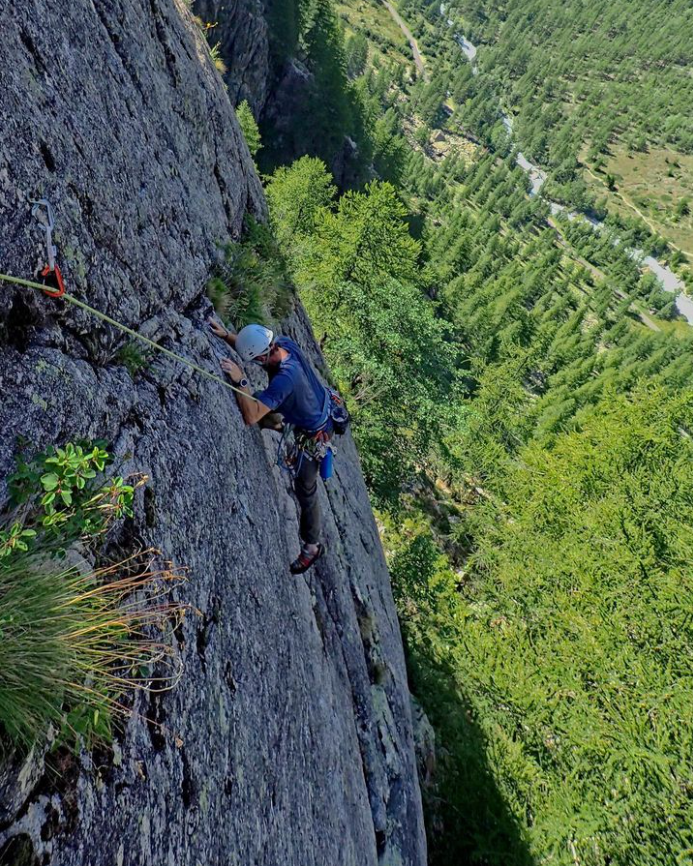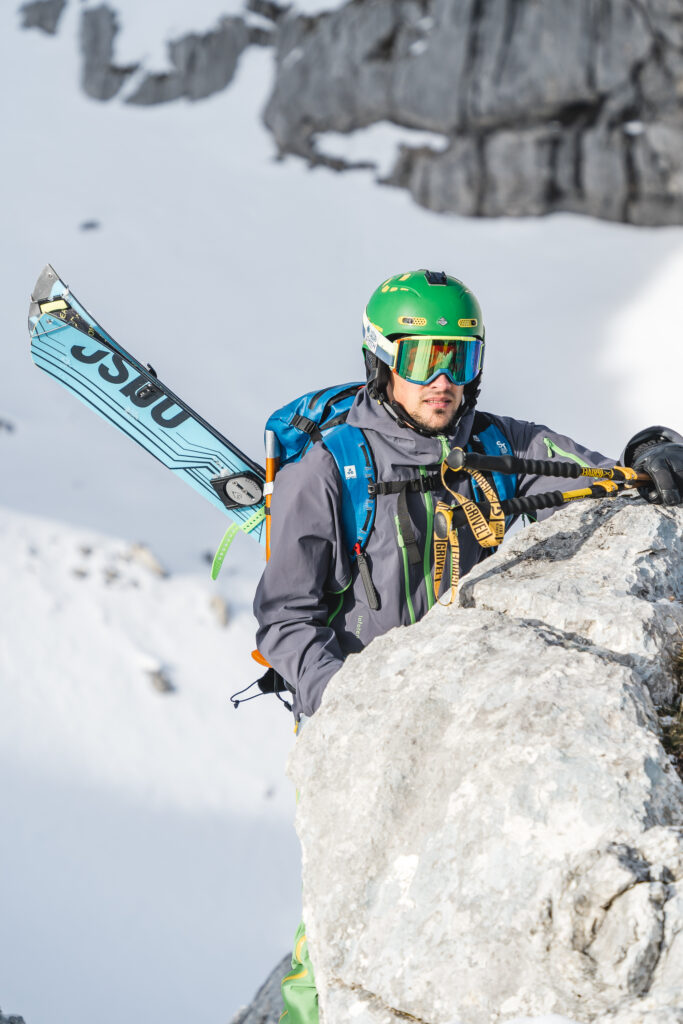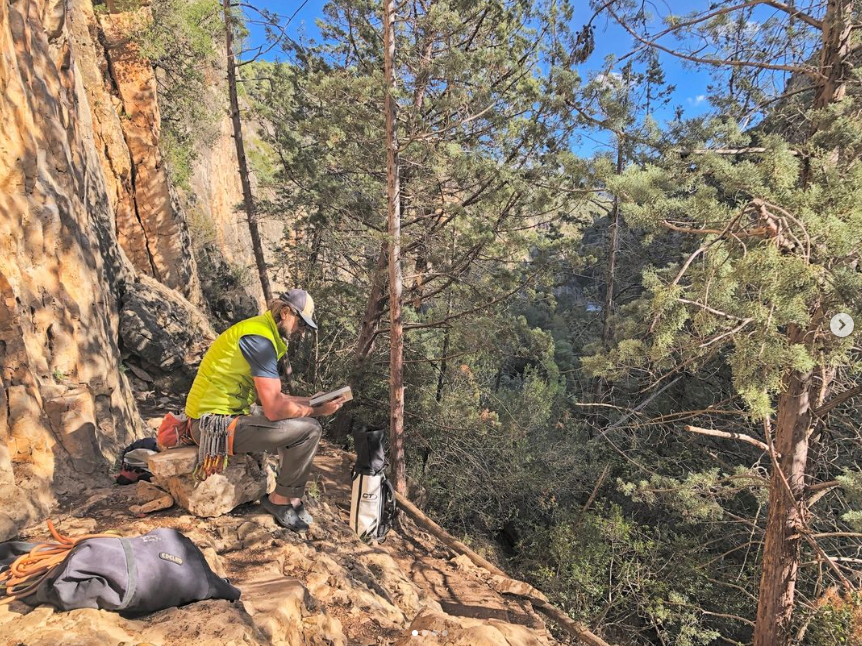In the rough world of climbing and backcountry exploration, self-rescue skills serve as an icon of preparedness and empowerment for adventurers. As a devoted mountaineer or backcountry enthusiast, embracing the concepts of self-reliance and safety is not just a choice but a necessity. At OGSO, we understand the fundamental importance of being equipped with the knowledge and techniques to navigate emergencies in the remote and challenging landscapes you love to explore.
Our brand is dedicated to empowering individuals with the skills and confidence needed to handle unforeseen situations effectively. By mastering self-rescue techniques, you not only enhance your safety and preparedness but also embody the spirit of adventure that makes up OGSO.
Join us on a journey where self-rescue becomes a seamless extension of your outdoor pursuits, ensuring that every adventure is not just thrilling but also safe and rewarding.
Why Self-Rescue Matters
The unpredictable nature of mountaineering and backcountry exploration means that even the most experienced adventurers can find themselves in life-threatening scenarios. From navigating treacherous terrain and unpredictable weather to managing medical emergencies, the ability to initiate and execute a self-rescue can mean the difference between life and death. By mastering these essential skills, OGSO’s community of outdoor enthusiasts can enhance their overall preparedness, resilience, and peace of mind as they begin their next outdoor adventure.
Common Mistakes
Misjudging Difficulty Levels:
One of the most common mistakes climbers make is underestimating the difficulty of a climb. This can lead to climbers pushing themselves beyond their physical limits, resulting in exhaustion, dehydration, and even injuries. It is essential for climbers to accurately assess the challenges posed by a route, considering factors such as technical difficulty, exposure, and overall physical demands.
By recognizing and respecting the true difficulty of a climb, climbers can better prepare themselves mentally and physically, reducing the risk of accidents and ensuring a safer ascent.
Ignoring Weather and Environmental Conditions:
Another critical mistake climbers often make is disregarding changing weather and environmental conditions. Failing to monitor and adapt to factors like sudden weather changes, altitude effects, or terrain conditions can have serious consequences. Ignoring these crucial elements can lead to exposure to extreme weather, avalanches, or other hazards that could jeopardize the safety of the climb. Climbers must stay vigilant, continuously assess their surroundings, and be prepared to adjust their plans accordingly to mitigate risks and ensure a successful and safe ascent.
Lack of Proper Preparation:
Proper preparation is key to a successful and safe climbing experience. Inadequate physical training, lack of appropriate gear, or insufficient planning can significantly increase the risks involved in climbing and mountaineering. Physical conditioning, including strength training, endurance exercises, and practicing specific climbing techniques, is essential to handle the physical demands of challenging routes. Selecting the right gear for the climb, including ropes, harnesses, helmets, and protective clothing, is crucial for safety and performance. Additionally, thorough planning that includes route research, understanding potential hazards, and having contingency plans in place can help climbers navigate unexpected situations and emergencies effectively.


Essential Self-Rescue Techniques:
Knot Tying:
Proper preparation is key to a successful and safe climbing experience. Inadequate physical training, lack of appropriate gear, or insufficient planning can significantly increase the risks involved in climbing and mountaineering. Physical conditioning, including strength training, endurance exercises, and practicing specific climbing techniques, is essential to handle the physical demands of challenging routes. Selecting the right gear for the climb, including ropes, harnesses, helmets, and protective clothing, is crucial for safety and performance. Additionally, thorough planning that includes route research, understanding potential hazards, and having contingency plans in place can help climbers navigate unexpected situations and emergencies effectively.
Improvised Anchors, Self-Extrication, and Medical Self-Care:
Proficiency in Improvised Anchors, Self-Extrication, and Medical Self-Care is paramount for ensuring safety and preparedness in the challenging and dynamic environments of mountaineering and climbing. When it comes to creating secure anchors, climbers have a range of techniques at their disposal. They can utilize methods such as tying friction hitches or a series of knots around sturdy natural features like trees or rocks to establish reliable anchor points. Additionally, climbers can leverage specialized equipment like cams, nuts, or slings to secure anchors in cracks or on rock surfaces, providing stability and safety during climbs.
In situations requiring self-extrication and rappelling from demanding terrain such as cracks or cliffs, climbers must possess a diverse skill set. Proficiency in techniques like rappelling with a backup system, using prusik knots for ascending ropes, and employing improvised rappel devices like a Munter hitch is essential for safely navigating and descending steep terrain when faced with obstacles. These techniques not only enhance safety but also empower climbers to confidently tackle challenging routes and terrain. Furthermore, when it comes to medical self-care, mountaineers must be equipped with basic first aid skills to effectively address common injuries encountered in mountainous environments.
From treating cuts, sprains, and fractures, having the knowledge and supplies to provide immediate care is crucial for ensuring the well-being of oneself and others in remote settings. Carrying a well-stocked first aid kit containing essentials such as bandages, antiseptic wipes, pain relievers, and splints is a fundamental aspect of being prepared for emergencies in the backcountry.
Training and Practice:
We firmly believe that regular training and practice are the keys to mastering self-rescue techniques. We encourage our community to seek out specialized courses, workshops, and resources to hone their skills and stay prepared for any eventuality.
To help our community further develop their mountaineering expertise, we recommend following our rock climbing instructor, Rob Benton. Rob is an experienced and knowledgeable expert who has a deep passion for effective climbing, including self-rescue. By following Rob’s content, you can learn valuable skills that will teach you how to be prepared for the rock.
In conclusion, self-rescue skills are crucial for mountaineers and backcountry enthusiasts to navigate emergencies effectively. At OGSO, we emphasize the importance of mastering these skills to ensure safety and preparedness in the unpredictable environments of climbing and backcountry exploration.
We firmly believe that regular training and practice are the keys to mastering self-rescue techniques. We encourage our community to seek out specialized courses, workshops, and resources to hone their skills and stay prepared for any eventuality.
To help our community further develop their mountaineering expertise, we recommend following our rock climbing instructor, Rob Benton. Rob is an experienced and knowledgeable expert who has a deep passion for effective climbing, including self-rescue. By following Rob’s content, you can learn valuable skills that will teach you how to be prepared for the rock.
In conclusion, self-rescue skills are crucial for mountaineers and backcountry enthusiasts to navigate emergencies effectively. At OGSO, we emphasize the importance of mastering these skills to ensure safety and preparedness in the unpredictable environments of climbing and backcountry exploration.
Why are self-rescue skills important for mountaineers and backcountry enthusiasts?
Self-rescue skills are vital for adventurers as they empower individuals to navigate emergencies effectively in remote and challenging landscapes. These skills can mean the difference between life and death in life-threatening scenarios encountered during mountaineering and backcountry exploration.
What are some common mistakes climbers make that self-rescue skills can help prevent?
Common mistakes climbers make include misjudging the difficulty of a climb, ignoring changing weather and environmental conditions, and lacking proper preparation. Self-rescue skills can help climbers address these challenges effectively and enhance their safety and preparedness.


